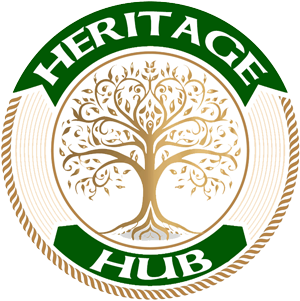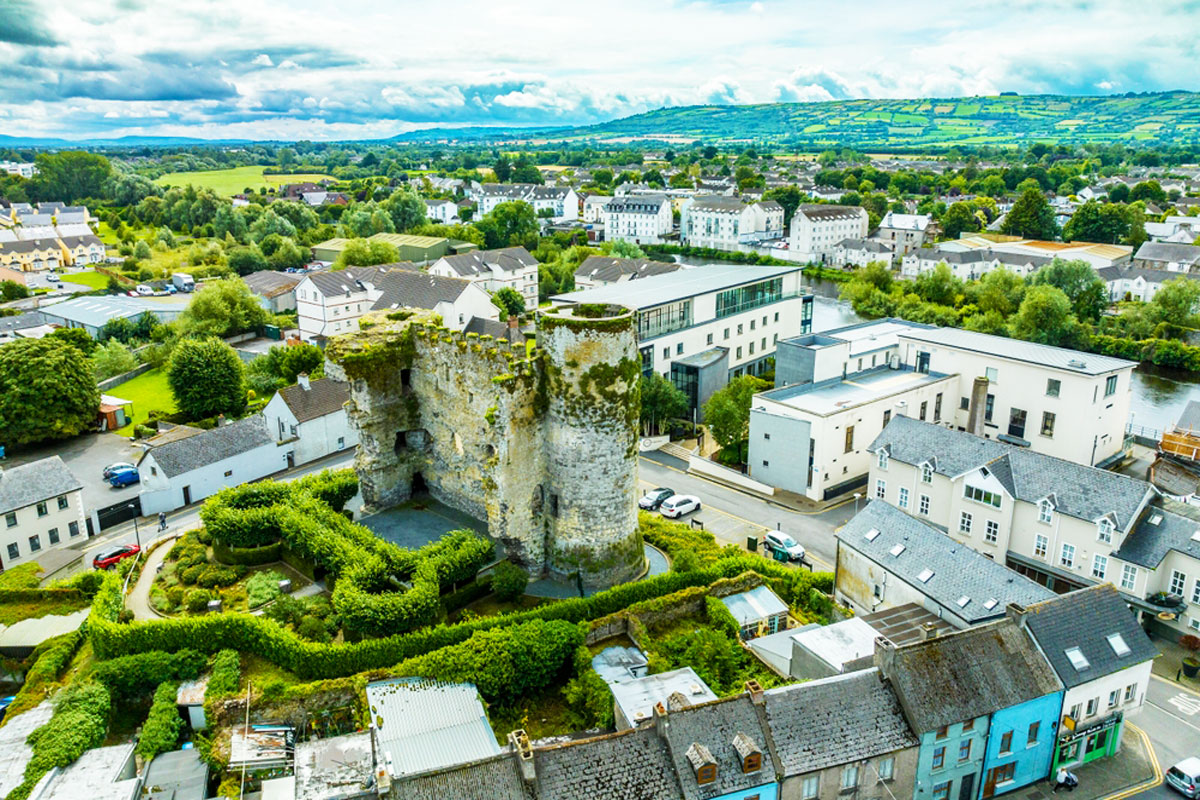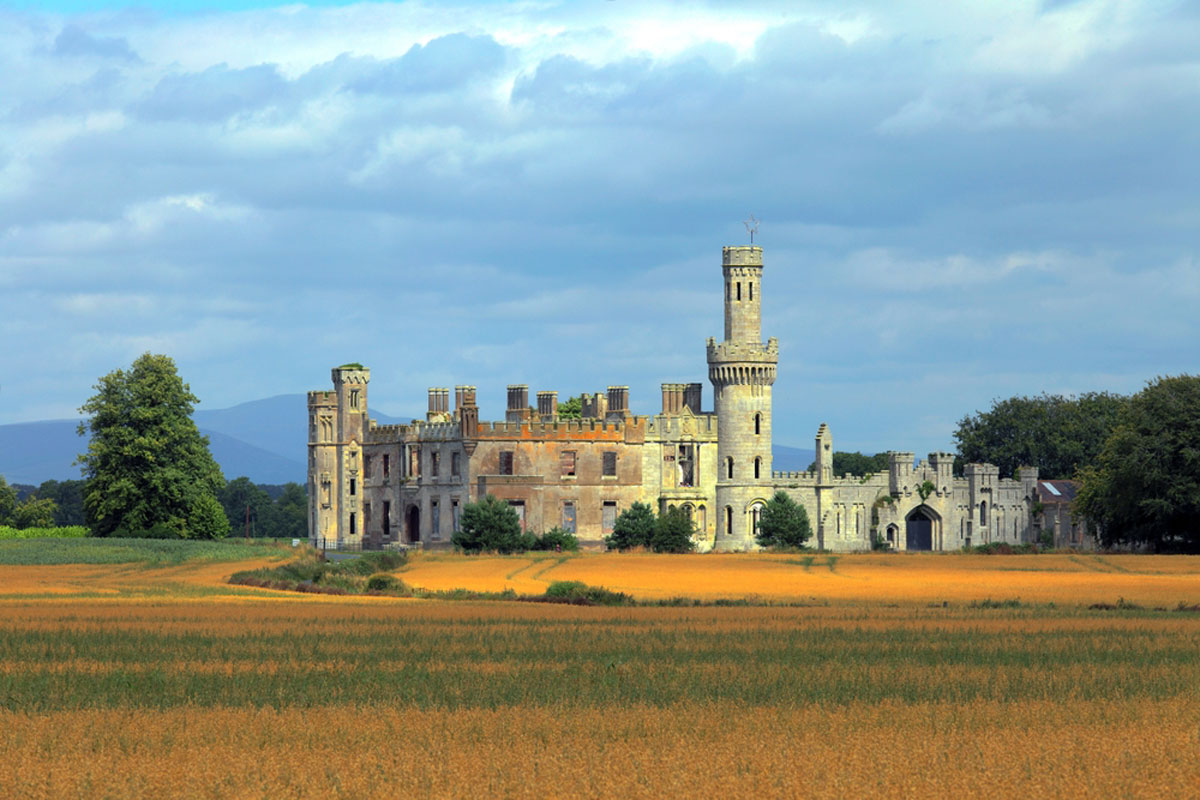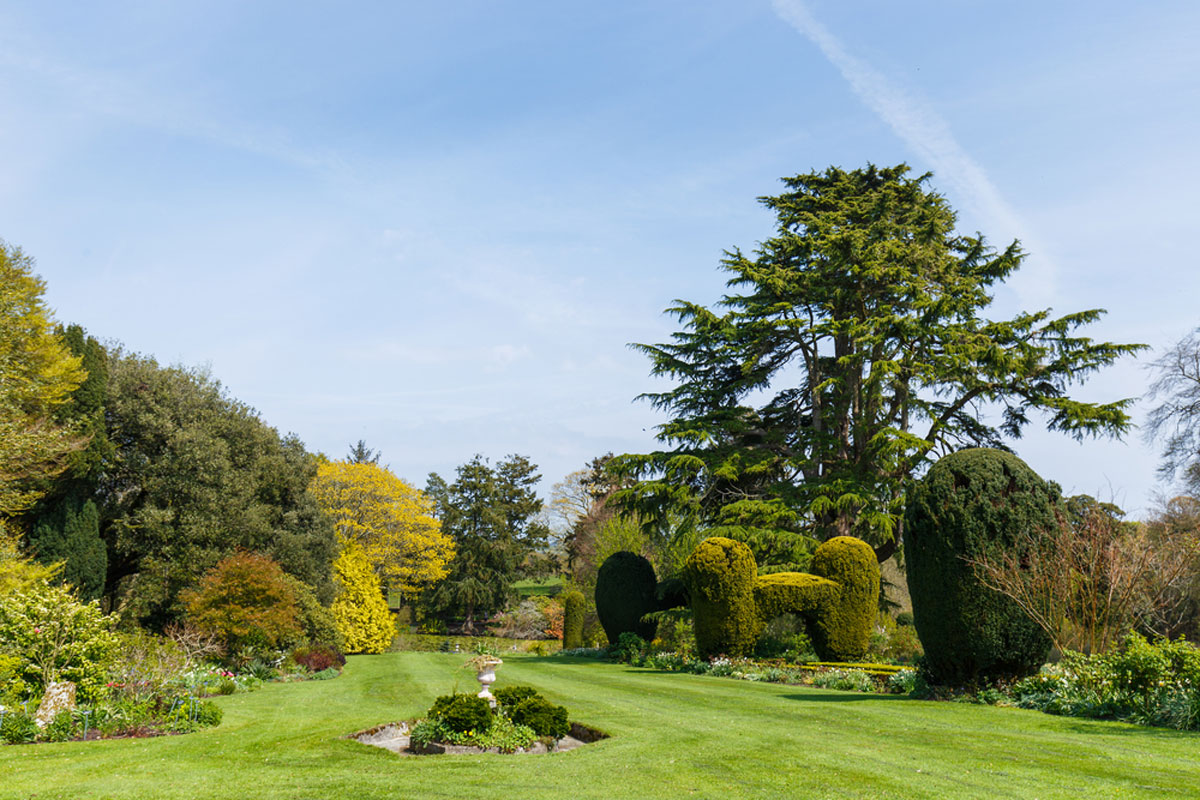Introduction to Carlow Castle – A Medieval Treasure
Standing proudly near the banks of the River Barrow, Carlow Castle is one of Ireland’s oldest and most intriguing medieval ruins. Built in the 13th century, this once-magnificent stronghold has witnessed centuries of history, battles, and transformations. Though only a portion of the structure remains today, the castle continues to be a symbol of Carlow’s medieval past and an essential stop for history enthusiasts exploring the region.
A Glimpse into the Past
Carlow Castle’s origins date back to circa 1207–1213, when it was constructed under the orders of William Marshal, the Earl of Pembroke. As one of Ireland’s most powerful Anglo-Norman lords, Marshal played a key role in shaping Ireland’s medieval landscape, and Carlow Castle was one of his many fortifications.
What made Carlow Castle unique was its innovative design—one of the earliest examples of a towered keep in Ireland. Unlike typical Norman castles with a central keep and surrounding walls, Carlow Castle was designed as a rectangular structure with cylindrical towers at each corner, a style believed to have been influenced by French castle architecture.
A Castle Built for Strength and Prestige
The primary purpose of Carlow Castle was to establish Norman control over the region and provide a defensive stronghold against potential attacks. Strategically located beside the River Barrow, the castle held a commanding position over trade routes and provided easy access to Dublin, Kilkenny, and Wexford.
Over the years, the castle changed hands numerous times, surviving wars, sieges, and shifts in power. However, its fate took an unexpected turn in the 19th century, leading to its present-day ruins.
Carlow Castle Through the Ages – A History of Power and Conflict
Carlow Castle has stood as a witness to centuries of history, from Norman conquests to turbulent uprisings. Though it now lies in ruins, the castle once played a crucial role in Irish medieval politics and military affairs.
1. Norman Stronghold and Medieval Battles
Built in the early 13th century by William Marshal, Earl of Pembroke, Carlow Castle was part of a larger network of Norman castles designed to consolidate English control over Ireland. It served as a military stronghold and administrative center for the surrounding region, ensuring Norman dominance over the native Irish population.
During the 14th and 15th centuries, the castle saw periodic conflicts as Gaelic clans and Anglo-Norman lords fought for control of the land. The Kavanaghs, O’Byrnes, and O’Tooles—powerful Irish families—frequently challenged Norman rule, leading to attacks and sieges on the castle.
2. The Tudor Period and Cromwellian Conquest
By the 16th century, Carlow Castle remained an important strategic fortress, but its role began to shift as Ireland entered the Tudor and Elizabethan era. During this time, the castle was used as a garrison for English forces, reinforcing the Crown’s authority over the region.
In the mid-17th century, during Oliver Cromwell’s conquest of Ireland (1649–1653), Carlow Castle faced one of its greatest tests. Cromwell’s forces launched a brutal campaign against Irish towns and castles, and Carlow was no exception. The castle likely endured attacks or occupation during this period, as many similar strongholds were seized by Cromwellian troops.
3. The Castle’s Decline and Destruction
Though the castle survived centuries of conflict, it met a tragic and unexpected fate—not in battle, but through an ill-fated construction project in the early 19th century.
In 1814, a local physician, Dr. Philip Parry Price Middleton, acquired the castle with plans to convert it into a modern medical asylum. However, during an attempt to demolish sections of the structure using explosives, the castle suffered catastrophic damage, reducing most of the walls to rubble.
What remains today is a fragment of its once-magnificent form—a portion of the western wall and two cylindrical towers, standing as a solemn reminder of its long and storied past.
The Architecture and Unique Design of Carlow Castle
Carlow Castle, despite its current ruined state, remains an architectural enigma in Irish medieval history. Unlike traditional Norman castles, which typically featured a central keep surrounded by defensive walls, Carlow Castle stood out for its innovative design and European influences.
1. A Pioneering Castle Keep
One of the most remarkable aspects of Carlow Castle was its four-towered design, which was highly unusual for Ireland at the time. Built in the early 13th century, the castle originally consisted of:
- A rectangular stone keep, measuring approximately 16 by 9 meters
- Four cylindrical corner towers, each adding to its fortified appearance
- Walls that were estimated to be 2.7 meters thick, providing strong defensive capabilities
Historians believe that the castle’s layout and engineering were influenced by French military architecture, particularly from the Loire Valley and regions of Normandy. This made it one of the earliest examples of this style in Ireland.
2. Defensive Features and Strategic Strength
Carlow Castle was designed to be both a military stronghold and a residence for the ruling Anglo-Norman elite. Some of its key defensive features included:
- Thick stone walls to withstand sieges and battering rams
- Four corner towers, allowing guards to monitor all angles of approach
- A likely moat or ditches, making direct attacks more difficult
- A strong gateway, possibly featuring a wooden drawbridge for controlled access
Because of its proximity to the River Barrow, the castle also had an advantageous trade and transport position, which further strengthened its strategic importance.
3. Interior Layout and Living Quarters
Though little of the interior remains today, medieval records suggest that Carlow Castle had:
- A great hall on the upper floors, used for feasts, meetings, and administration
- Living quarters for the noble family and their retainers
- Storage areas for weapons, food, and supplies
- Possibly a chapel or prayer room, as was common in Norman castles
Given its compact yet formidable design, Carlow Castle would have been an imposing sight in medieval Ireland, reflecting both power and innovation.
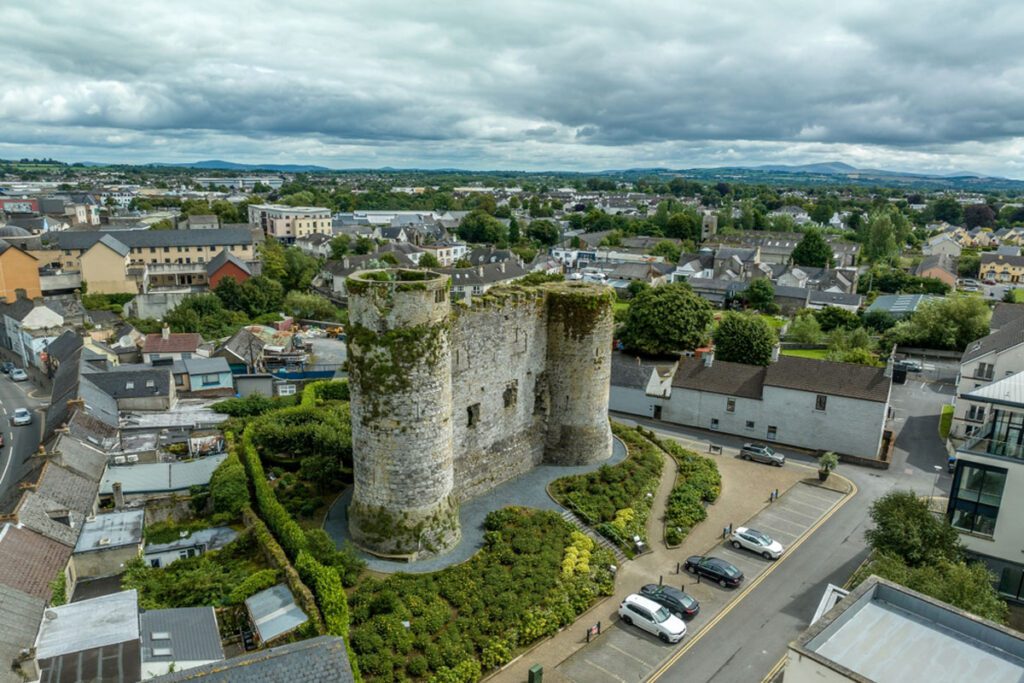
Carlow Castle in Modern Times – Preservation, Tourism, and Local Heritage
Although Carlow Castle lies in ruins today, it remains an iconic landmark and an important part of Ireland’s medieval heritage. Despite its partial destruction in the 19th century, the site continues to attract tourists, historians, and archaeology enthusiasts interested in its unique design and storied past.
1. Preservation Efforts and Archaeological Interest
Carlow Castle has been the subject of several archaeological studies aimed at uncovering more about its construction, purpose, and historical significance.
- Historians and architects have worked to document and preserve the remains, ensuring that future generations can appreciate its importance.
- Excavations have helped to reconstruct elements of its original design, offering insights into Anglo-Norman castle-building techniques.
- Conservation efforts focus on preventing further deterioration of the structure while maintaining its authentic historical character.
While the 19th-century explosion left only part of the western wall and two towers standing, the remaining ruins serve as a powerful reminder of Ireland’s medieval past.
2. Carlow Castle as a Tourist Attraction
Today, Carlow Castle is a popular historical site for visitors exploring County Carlow and the wider Ireland’s Ancient East tourism trail.
- The ruins are free to visit and provide an excellent stop for history lovers, photographers, and casual explorers.
- Informational signs around the site give visitors a deeper understanding of the castle’s history, architecture, and downfall.
- The castle’s location near the River Barrow makes it an ideal starting point for scenic walks along the riverbank.
For those interested in a broader historical experience, Carlow Town offers museums, heritage sites, and cultural events that further explore the region’s rich past.
3. The Castle’s Role in Local Culture and Identity
Carlow Castle is more than just a medieval ruin—it is a symbol of the town’s resilience and history.
- It frequently appears in local art, literature, and folklore, reflecting its enduring presence in the community.
- The castle is featured in historical tours and educational programs, helping to teach students and visitors about Ireland’s Norman era.
- Events such as Heritage Week and guided history walks often include Carlow Castle as a key point of interest.
Even though the castle is no longer intact, its ruins stand as a testament to medieval Ireland’s architectural ambition and historical complexity.
Visiting Carlow Castle – Travel Tips and Nearby Attractions
Carlow Castle is a must-visit destination for history lovers, architecture enthusiasts, and anyone exploring Ireland’s Ancient East. Whether you’re a local or a traveler, the castle’s ruins provide a fascinating glimpse into medieval Ireland.
1. How to Get to Carlow Castle
Carlow Castle is located in Carlow Town, beside the River Barrow, making it easily accessible by car, bus, or train.
- By Car: If you’re driving from Dublin, take the M9 motorway and exit at Junction 4 for Carlow Town (about a 1-hour drive).
- By Train: Carlow Town is on the Dublin–Waterford railway line, with frequent trains from Dublin Heuston Station (journey time: approx. 1 hour 15 minutes).
- By Bus: Several bus services, including Bus Éireann and private operators, connect Carlow to Dublin and other towns.
Once in Carlow, the castle ruins are just a short walk from the town center.
2. What to See and Do at Carlow Castle
While only a portion of the castle remains, there’s still plenty to appreciate about this historic site:
- Walk around the ruins: Take in the sight of the two standing towers and the western wall, imagining how the castle once looked in its prime.
- Read the information signs: Learn about the castle’s history, architecture, and the tragic explosion that led to its partial destruction.
- Explore the nearby River Barrow: The castle’s riverside location makes it a perfect spot for a relaxing stroll along the Barrow Way walking trail.
- Capture stunning photos: The ruins make for a dramatic backdrop, especially at sunrise or sunset.
3. Nearby Attractions in Carlow
If you’re visiting Carlow Castle, consider exploring other nearby attractions to round out your trip:
- Carlow County Museum (5-minute walk) – Discover Carlow’s rich history through exhibitions on archaeology, industry, and famous local figures.
- Brownshill Dolmen (10-minute drive) – Visit this impressive Neolithic portal tomb, featuring one of the largest capstones in Europe.
- Duckett’s Grove (15-minute drive) – A spectacular Gothic-style ruined mansion set in beautiful countryside, perfect for photography.
- Altamont Gardens (20-minute drive) – One of Ireland’s most beautiful gardens, featuring woodlands, a lake, and seasonal blooms.
4. Travel Tips for Visiting Carlow Castle
- Entry: The castle ruins are free to visit, and there are no official opening hours.
- Best Time to Visit: The site is open year-round, but spring and summer offer the best weather for exploring.
- Facilities: Since the castle is a ruin, there are no visitor facilities on-site, but cafés, restaurants, and shops are just a short walk away in Carlow Town.
- Accessibility: The ruins are partially accessible, but the ground can be uneven, so comfortable shoes are recommended.
Final Thoughts
Though Carlow Castle stands in ruins today, its legacy as a once-powerful Norman fortress continues to captivate visitors. Whether you’re a history buff, a casual traveler, or someone looking to explore Ireland’s hidden gems, this castle is a perfect stop on your journey through Ireland’s Ancient East.
Historical and Cultural Sites
- Carlow Castle – A 13th-century castle ruin located near the River Barrow.
- Browne’s Hill Dolmen – A massive prehistoric portal tomb with the largest capstone in Europe.
- Duckett’s Grove – A ruined Gothic mansion surrounded by beautiful gardens and woodland.
- County Carlow Military Museum – A fascinating collection of artifacts showcasing Carlow’s military history.
- St. Mullins Monastic Site – An ancient ecclesiastical site with scenic river views.
Natural Attractions
- Mount Leinster – A stunning mountain offering hiking trails and panoramic views.
- Blackstairs Mountains – Ideal for walking, hiking, and enjoying unspoiled natural beauty.
- Altamont Gardens – Renowned for their romantic and tranquil landscape with a mix of formal and wild gardens.
- Rathwood – A family-friendly destination with a forest walk, activities, and a train ride.
- River Barrow Way – A scenic route for walking, cycling, or boating along one of Ireland’s most beautiful rivers.
Cultural and Arts Experiences
- Visual Carlow – A contemporary arts center featuring exhibitions and performances.
- Carlow County Museum – Showcasing the rich history and heritage of the county.
Religious and Spiritual Sites
- Leighlinbridge Cathedral (St. Laserian’s Cathedral) – A historic cathedral dating back to the 13th century.
- St. Mullins Heritage Centre – Learn about the history of this historic village and its religious roots.
Unique Experiences
- Carlow Brewing Company (O’Hara’s Brewery) – A local brewery offering tours and tastings of craft beers.
- Brownshill Dolmen – An iconic archaeological site featuring a mysterious prehistoric structure.
- Borris House – A historic estate and home of the MacMurrough Kavanagh family, with beautiful grounds and guided tours.
County Carlow may be one of Ireland’s smaller counties, but its mix of history, natural beauty, and cultural attractions make it a must-visit destination.
Helpful Resources


